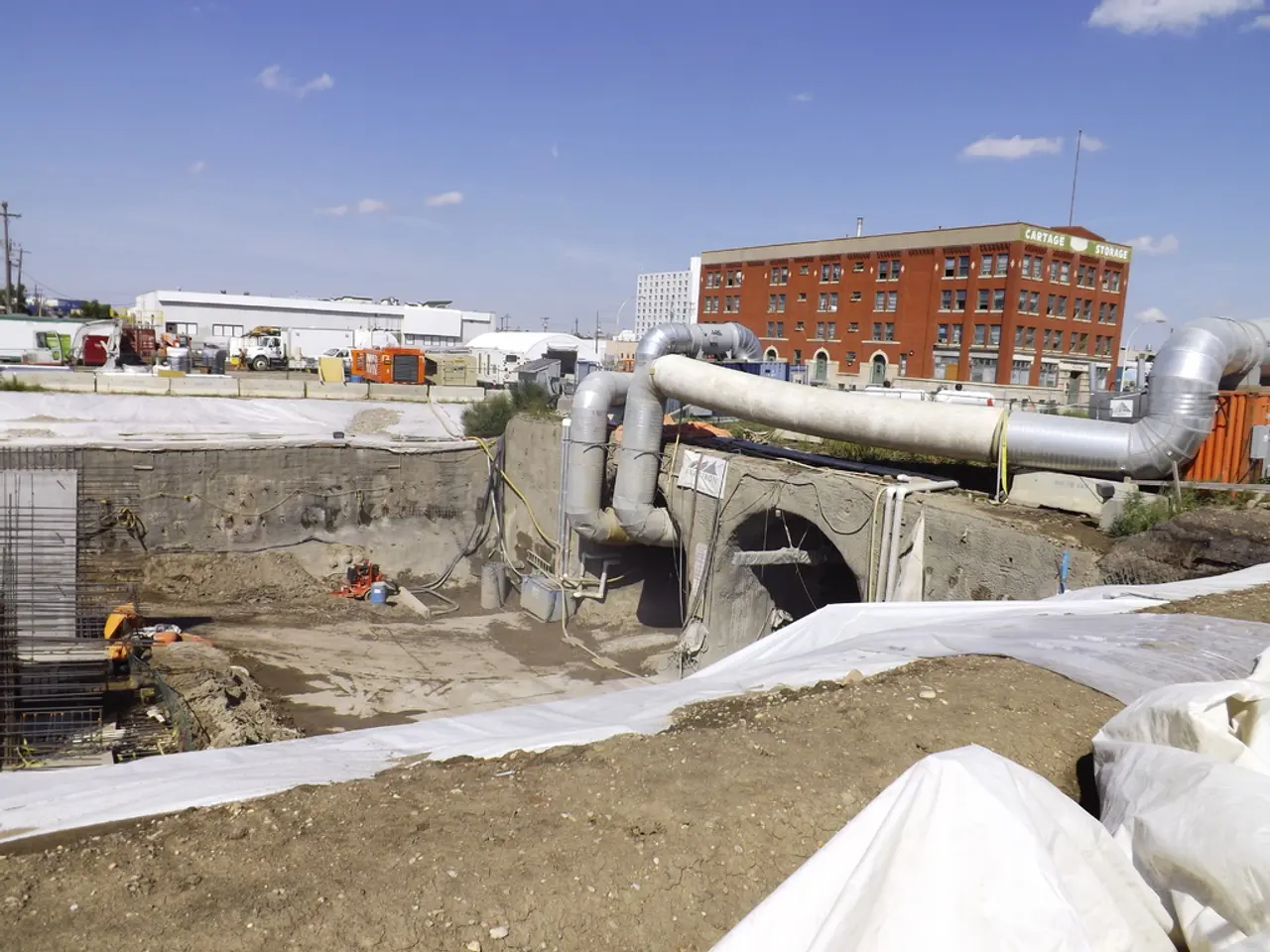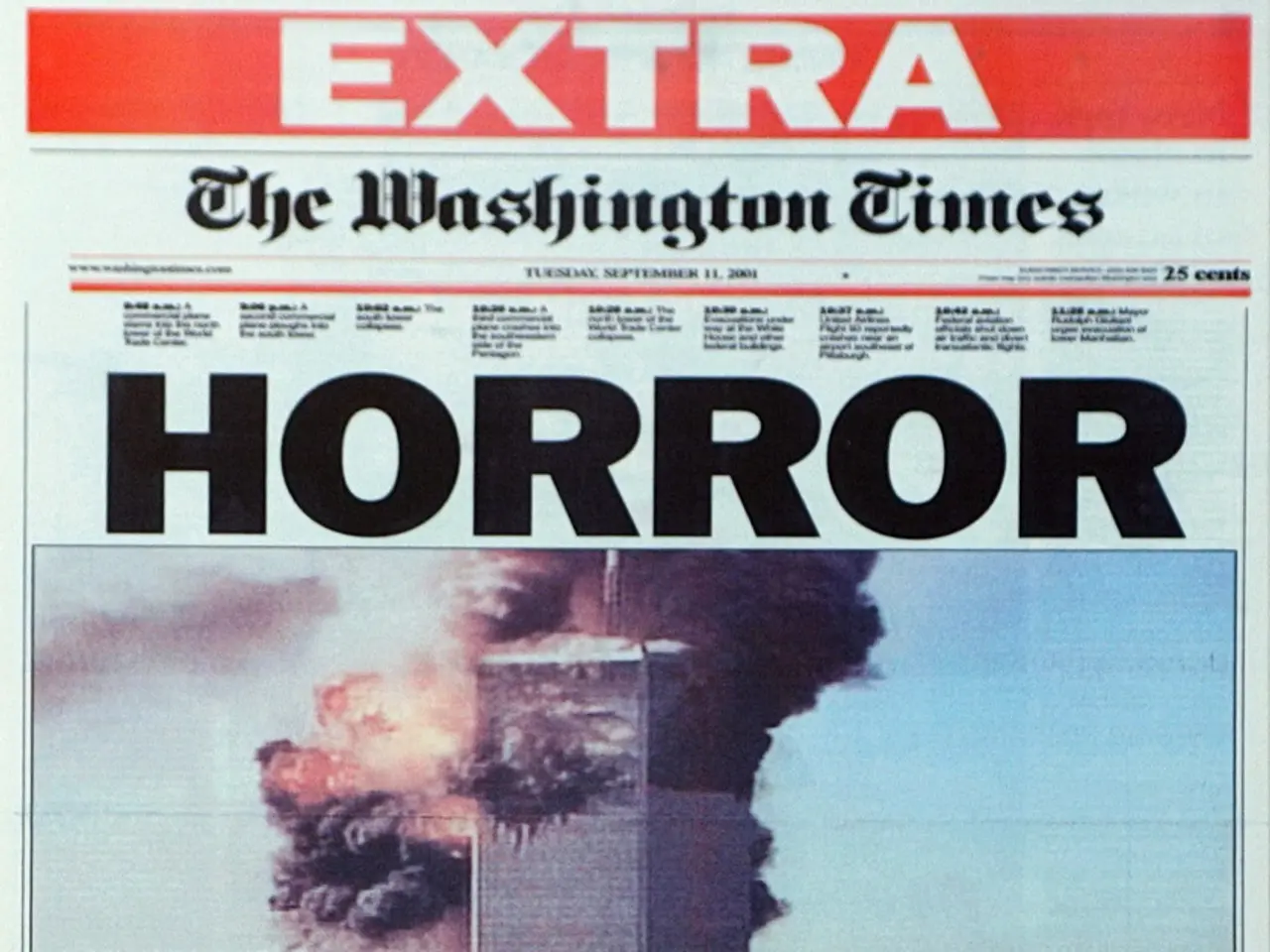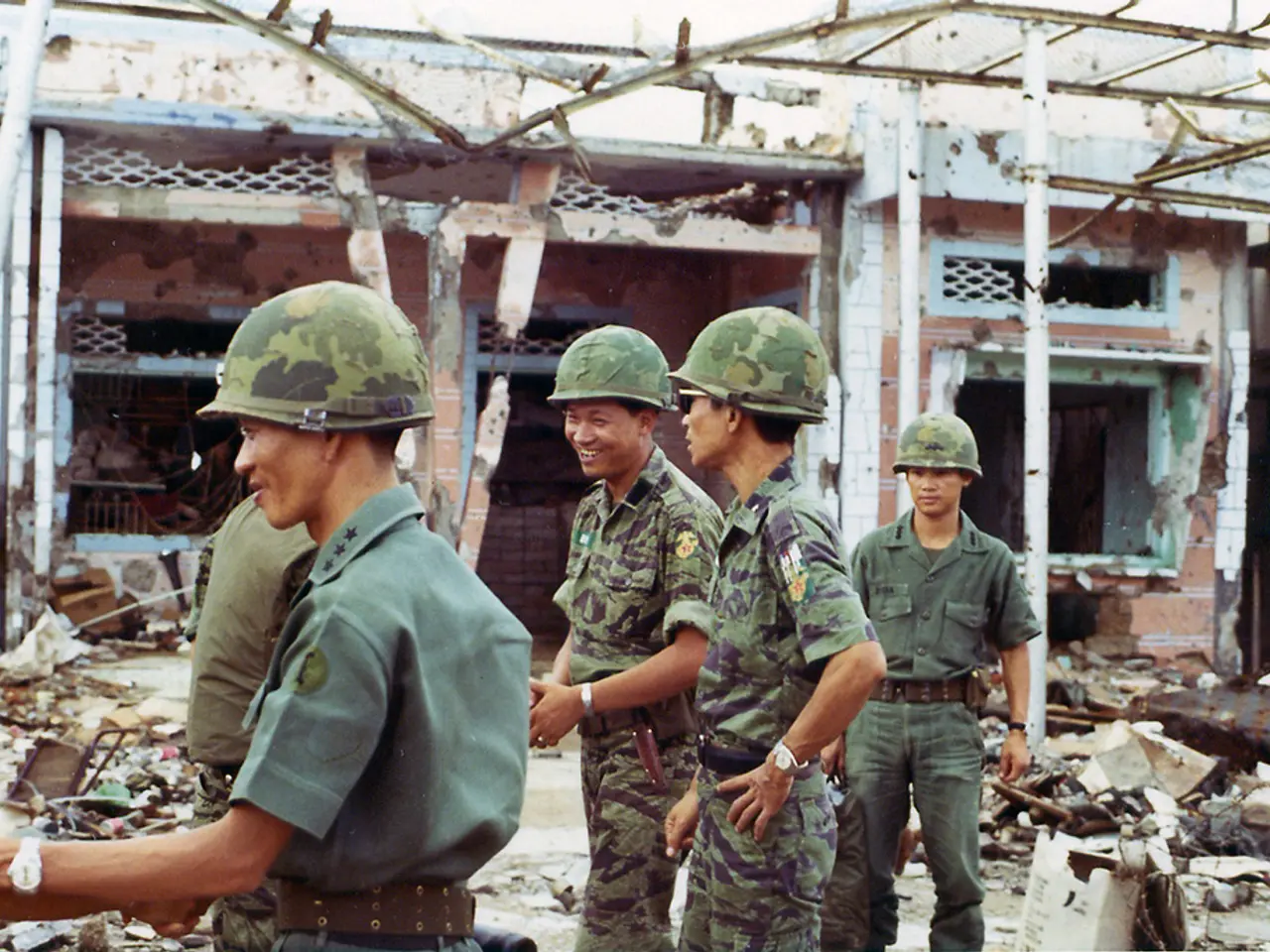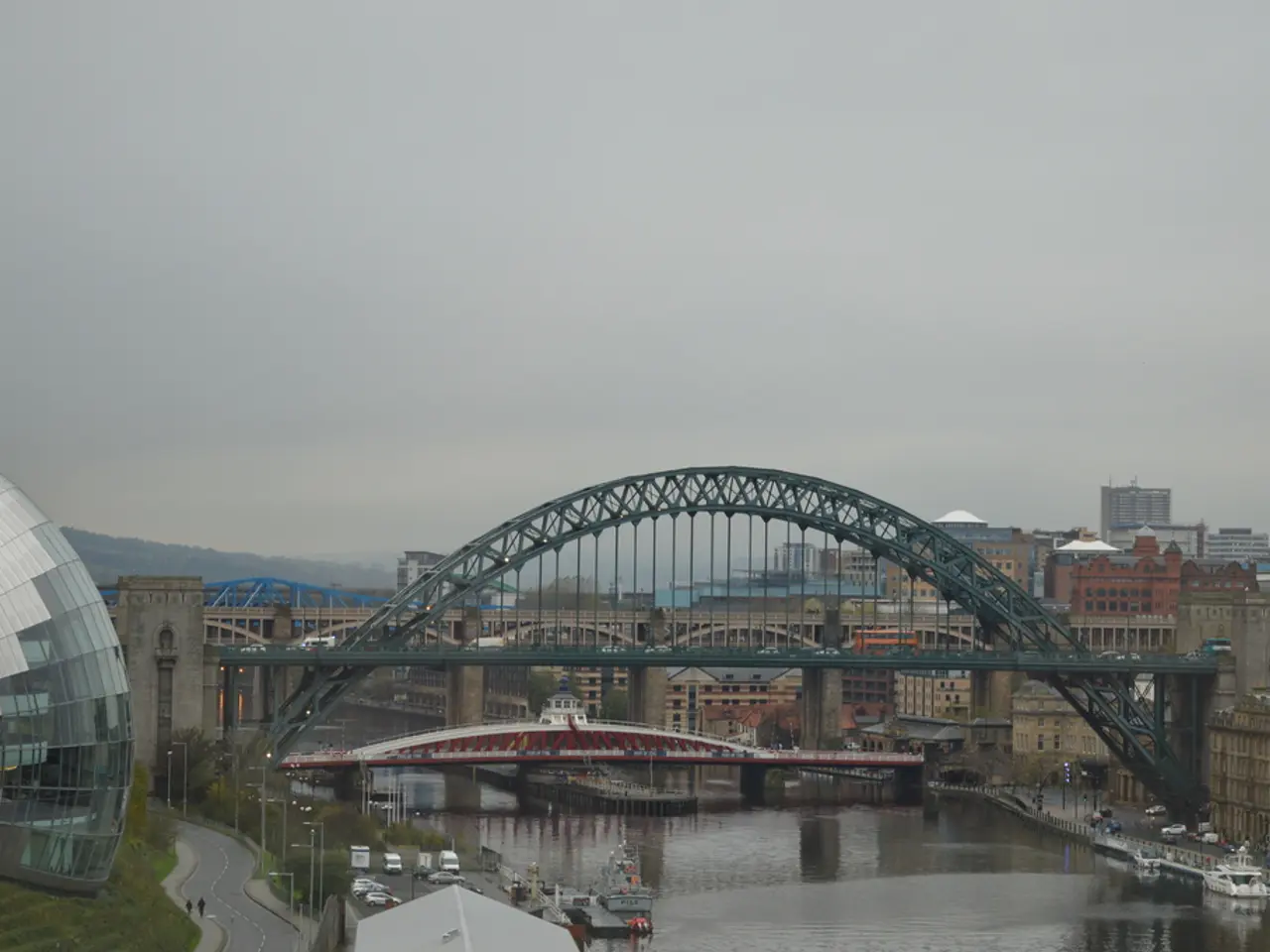"Hurricane Katrina: A Race Against Time" Depicts a Man-Engineered Crisis in the Making
Hurricane Katrina, a Category 5 storm that struck the United States in August 2005, left a lasting impact on New Orleans and the surrounding areas. The storm, which formed over the Bahamas and rapidly intensified, made landfall near New Orleans as a Category 3 hurricane.
The catastrophic impacts were a result of the combination of devastating winds, intense rainfall, and a massive storm surge that caused critical failures in New Orleans' levee system. This led to flooding in over 80% of the city, with water depths reaching up to 6 meters in some areas.
The aftermath was severe. Over 1,800 people lost their lives, property damage exceeded $160 billion, making Katrina the costliest hurricane in U.S. history. The population of New Orleans declined by about 29% in subsequent years due to displacement and slow recovery.
Infrastructure suffered enormous damage, with flooded neighborhoods, destroyed homes, and overwhelmed public services. Public health crises emerged from shortages of food and clean water, poor sanitation, and heat exposure in shelters such as the Superdome and Convention Center, where tens of thousands of evacuees were stranded.
Systemic failures in emergency response and government agencies compounded the disaster’s effects:
- The levee system failure was a critical infrastructure failure that permitted catastrophic flooding, highlighting engineering and maintenance shortcomings. All six investigations conducted after the disaster agreed that the primary cause of the flooding was inadequate design and construction by the Army Corps of Engineers.
- The local and national emergency response coordination was widely criticized. Early evacuation efforts were insufficient, with tens of thousands trapped in the city after landfall. Basic supplies and sanitation were lacking in shelters for days.
- Communication and power systems failed, including the loss of the Louisiana National Guard’s joint operations center, hampering command and control during critical periods.
- Federal, state, and local agencies initially did not coordinate efficiently. Military and National Guard presence was delayed until several days post-landfall, slowing distribution of aid and evacuation.
Lessons learned from Katrina include the necessity of integrating risk management, emergency preparedness, business continuity, and disaster recovery efforts closely, as previous siloed approaches proved inadequate during this complex disaster.
The American Society of Civil Engineers termed the flooding of New Orleans as "the worst engineering catastrophe in US History" in April 2007. New Orleans Mayor Ray Nagin didn't issue a mandatory evacuation order until just 19 hours before landfall, crippling the amount of time for residents to escape. Louisiana Governor Kathleen Blanco and local agencies failed to request timely federal assistance, leaving a large number of people to seek shelter at the Superdome.
Thousands endured days without sufficient food, water, or sanitation in the Superdome and Convention Center. Bodies and buried coffins littered the streets, entire neighborhoods were obliterated, and power grids, hospitals, schools, and public transit were knocked out for weeks or months.
At least 44 oil and chemical spills, including a 25,000-barrel Murphy Oil refinery rupture, contaminated communities during the hurricane's aftermath. Around 1 million people were displaced, with some ignoring warnings, and others with no means of escape, forced to shelter in the Superdome and Convention Center.
FEMA's leadership made critical missteps, hesitating to request federal support teams and downplaying the urgency of evacuation efforts. Bureaucracy created harmful bottlenecks that impacted medical volunteers, supply trucks, and search-and-rescue operations in FEMA's response.
The docuseries "Hurricane Katrina: Race Against Time" highlights the importance of accuracy with local and national media, a problem still faced today. The series exposes media-driven misinformation that helped worsen the crisis. The flooding in New Orleans led to a humanitarian crisis with delayed and inadequate response efforts, according to a report by the George W. Bush White House Archives.
In summary, Hurricane Katrina’s disaster was not only a result of meteorological forces but also systemic infrastructural weaknesses and critical failures in emergency planning, coordination, and governmental response at multiple levels, which together magnified the human and economic toll.
Science has played a significant role in the study of the long-term impacts of Hurricane Katrina on the environment and climate-change, as researchers continue to analyze the storm's effects on the Gulf Coast.
The political fallout from the disaster led to increased scrutiny of government agencies and their handling of emergencies, with calls for reform in environmental-science, infrastructure, and general-news media reporting.
The aftermath of Hurricane Katrina exposed numerous crime-and-justice issues, such as looting and violence, as well as questions about the equitable distribution of resources during disasters and recovery efforts.






